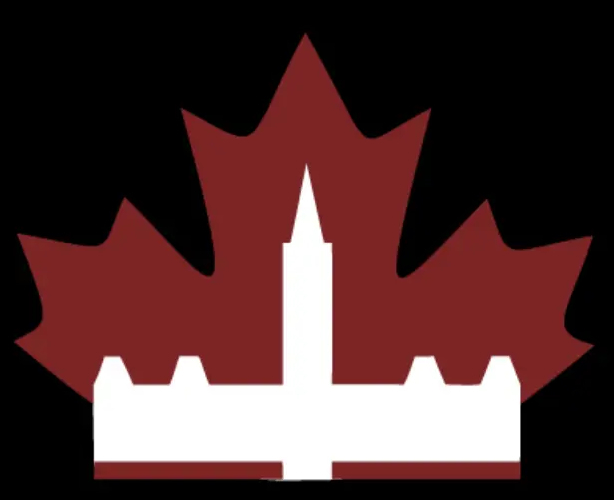Is “Let’s build” turning into “Let’s build whatever the Prime Minister wants – and to hell with checks and balances”?
While the jury is still out, those concerned with Mark Carney’s Bill C-5, “An Act to Enact the Free Trade and Labour Mobility in Canada Act and the Building Canada Act”, have raised some serious red flags.
As authors of the blog “Pledge for Canada” explain:
“Under the Building Canada Act (BCA), a Cabinet minister may on their own issue an order to write a national project into a schedule of the BCA – making it part of the law – and then go on to issue a document to authorize the project to go ahead subject to either no conditions or any conditions the minister sees fit.
This authorization can be given whether or not permitting the project would run afoul of any one or more of 13 statutes (and 7 sets of regulations under some of these statutes) already in existence and listed in an annex to the BCA – statutes such as the [Environmental] Impact Assessment Act, the Species at Risk Act, the Fisheries Act, and the Indian Act.”
Toronto Star columnist Althia Raj didn’t mince words:
— Toronto Star headline: “Mark Carney can’t be allowed to ram through his plan to build big”
“The Building Canada Act, is the type of legislation that Conservative prime minister Stephen Harper might have been too timid to bring forward, fearing a public backlash. It hands over sweeping decision-making powers to one cabinet minister in untransparent ways, gives cabinet the ability to delete environmental laws from consideration, and creates a dangerous precedent that should be looked at with a fine-tooth comb…”
Bill C-5 raises the question of whether Canadians want the Cabinet to be able to disregard laws – passed by a Parliament of democratically elected MPs – that they find inconvenient.
On this point, Andrew Coyne’s new book, “The Crisis in Canadian Democracy”, makes it clear who actually decides important matters: The Prime Minister.
In a democracy where power is already concentrated with the Prime Minister more than in almost any other OECD country, Bill C-5 may be part of a troubling pattern across the country suggesting that concentration of power is getting even worse.
In Ontario, under Progressive Conservative Premier Doug Ford, we have Bill 5, the “Unleashing Our Economy Act”.
Bill 5 empowers Ford’s Cabinet to designate any area of Ontario a “special economic zone”. Once so designated, the government can choose to disregard provincial laws passed by the legislature.
In BC, under BC NDP Premier David Eby, we have Bill 15, the “Infrastructure Projects Act. According to Ecojustice, Bill 15 gives the government the power, without approval of the legislature, to designate projects which will be exempt from environmental rules and to force local governments to issue permits.
In the words of Tsartlip Chief Don Tom, this act gives Eby’s Cabinet “the authority to override permitting and environmental assessments for projects they deem a priority. There are no clear limits. No binding safeguards. No commitment to co-governance with rights holders.”
Federally and provincially, we have a democratic system that has given almost unbridled power to one person (Prime Minister or Premier) to determine:
What’s in the “national interest” What’s a “provincially significant” project What’s a so-called “special economic zone” And then bypass the legislature to push projects forward.
As Stephen Harper aptly noted in 1997, our winner-take-all political system produces governments which can resemble a “benign dictatorship”.
And first-past-the-post is a big part of the problem.
By handing us false majority governments, first-past-the-post has enabled laws and conventions to be changed over time at the behest of whatever leader is in power. These changes have concentrated almost all the levers of power at the top.
In other words, when the electoral system gives one party or one person too much power, no surprise – they give themselves more.
Those rules and precedents carry on to the next Prime Minister or Premier, who is only too happy to ignore whatever their party might have said in their platform about walking some of that back.
When a government has a false “majority” as is the case with Ontario, BC and other provincial governments, there is often little anyone can do to prevent legislation that concentrates even more power with the leader.
Thus the voting system has the short-term effect of allowing governments elected with 40% of the vote to ram through whatever they want, and the long-term effect of making it even easier for their successors to do so in future.
The good news is: despite the last federal election pushing us closer to a two-party system, Canadians still elected a minority government.
Therein lies a crucial opportunity for those who favour a more inclusive democracy.
During the election campaign, Mark Carney told the media that he was personally open to electoral reform, adding:
“There may be a point where we’ve advanced on other immediate pressing priorities, particularly the crisis, that those more structural issues in our democracy can be addressed.”
Mark Carney also made it clear he would approach electoral reform very differently than Justin Trudeau, whose “my way or the highway” approach shut down the conversation.
Proportional representation, leading to coalition governments, could provide checks and balances to the PMO, ensuring more parties have a voice in crafting legislation.
With proportional representation, more Canadians will have a say about what’s in the national and provincial interest.
Let’s seize the opportunity of this minority government to build the strongest economy in the G7 – and strongest democracy, too.
The post First-past-the-post concentrates power at the top appeared first on Fair Vote Canada.
If Mark Carney implements pr with the other parties. He would be one of Canada’s best prime ministers in history.


